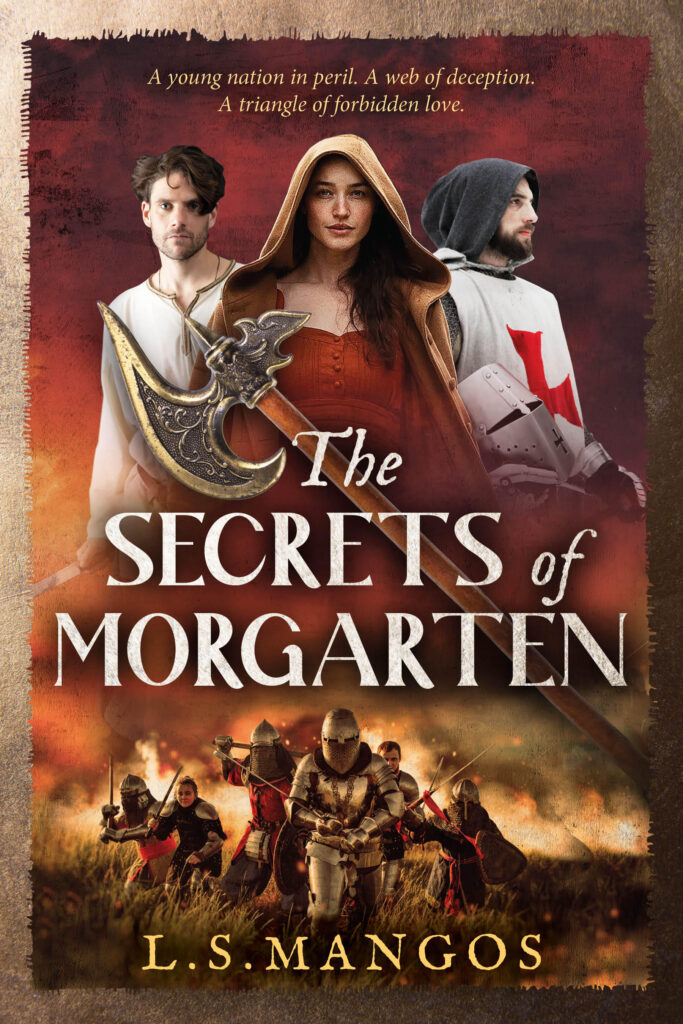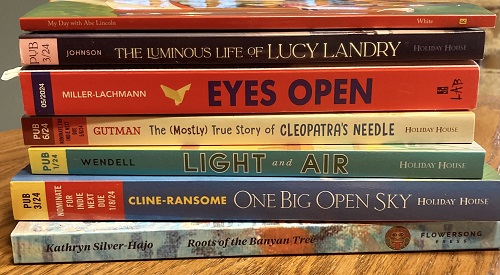Haunted Triangles: When the “Other Woman” is a First Wife
by Elisabeth Storrs
 Remember the insane Bertha Rochester setting fire to Thornhill? Or the murdered Rebecca de Winter trapped in an underwater grave? For those of us who have read Jane Eyre or Rebecca, these personalities are as memorable as the male and female protagonists of those novels. And yet the reader mainly learns about them through the eyes or memories of other characters. They are the ‘other woman’ in a haunted love triangle.
Remember the insane Bertha Rochester setting fire to Thornhill? Or the murdered Rebecca de Winter trapped in an underwater grave? For those of us who have read Jane Eyre or Rebecca, these personalities are as memorable as the male and female protagonists of those novels. And yet the reader mainly learns about them through the eyes or memories of other characters. They are the ‘other woman’ in a haunted love triangle.
There are similarities in the journeys of Jane Eyre and the young Mrs de Winter. In many ways, Du Maurier is paying homage to Bronte in the structure of her novel. The ghost of a past relationship adds a complication to each heroine’s passage as well as an element of mystery that drives the narrative. As she deciphers the husband’s secret, she also tests her emotions, strengths and weaknesses. As a result Bronte and Du Maurier create unforgettable female characters.
Each heroine is a virgin attracted to a man twice her age, a man who is struggling with bitterness and guilt. Unequal in social status to the men, the girls struggle with doubts and are challenged by servants who consider them to be interlopers rather than suitable mistresses. Du Maurier adds to this sense of inferiority by denying the new Mrs de Winter a first name, thereby reinforcing the fact that Rebecca’s seems to fall from everybody’s lips. Furthermore, Rochester’s and Maxim’s reticence to clarify their feelings adds tension. Who do these men truly love? Their first-wives or their young brides?
Both Jane and Mrs de Winter also face living in a hostile environment within mansions that have their own distinct presence. Manderley and Thornhill Hall harbour secrets. It is only with their destruction that the hero can be freed from the past, and his new love able to establish her own domain.
Clues are provided piecemeal so that the protagonist becomes a detective whose judgment is impaired by insecurities. Misunderstandings ensue until humiliation leads to revelation: Jane’s mortification at the altar and Mrs de Winter’s unsuspecting replication of Rebecca’s fancy dress provoke confessions. The truth is dark and unexpected. And resolution brings different endings. Rochester is redeemed but Maxim de Winter is exiled. Their new wives, though, have come of age and are now stronger than their men.
I read Jane Eyre and Rebecca when I was a teenager. Decades later I wrote The Wedding Shroud (Pier 9/Murdoch Books, 2010), only to discover upon re-reading Bronte and Du Maurier that my own heroine’s situation mirrors that of Jane’s and Mrs de Winter’s. In effect, the powerful concept of a haunted triangle must have remained as a spectre in my mind.
The Wedding Shroud is the tale of a young Roman girl, Caecilia, who is forced to marry an older Etruscan nobleman, Mastarna, to seal a truce between two enemy cities. Just as in the classic novels, my character is introduced into an alien environment which both threatens and intrigues her. Caecilia also finds she must unravel the mystery of Mastarna’s dead wife, Seianta. This is where my novel diverges from the others. Mastarna’s world is considered ‘sinful’ compared to the austere Rome. As Caecilia grapples with conflicting moralities, she is slowly seduced by her husband and the freedoms that the Etruscans offer her: independence, education and sexual freedom. Yet unlike Jane and Mrs de Winter, Caecilia unwittingly makes the same mistakes as her rival as she strives to discover her predecessor’s true character. Her quest to learn why Mastarna is tormented by Seianta’s memory also helps Caecilia understand the world of the dead Etruscan girl. Hopefully readers will enjoy discovering the story of a bride and an ‘other woman’ in my love story about a haunted triangle.
About the author: ELISABETH STORRS is an Australian author. Find more about The Wedding Shroud at www.elisabethstorrs.com. Her sequel, The Golden Dice, will be released in 2013.
______________________________________________
Published in Historical Novels Review | Issue 63, February 2013






